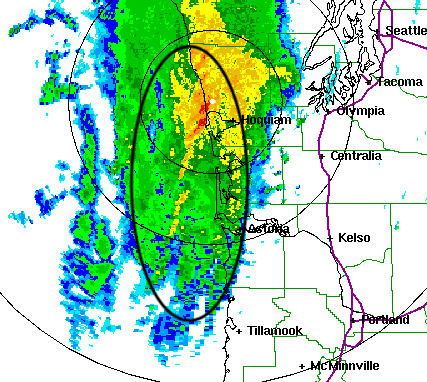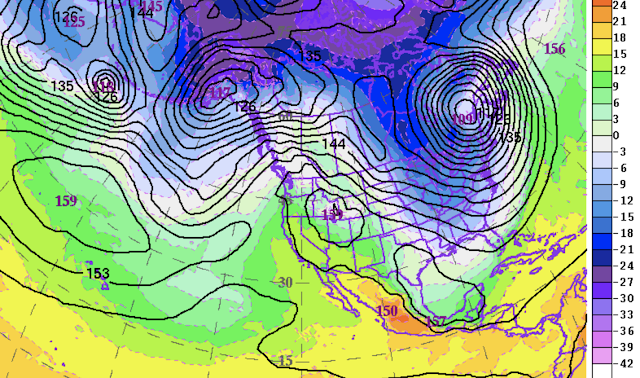Spring starts on March 20 or 21st, everyone knows that!
But that is the beginning of
astronomical spring, also known as the
vernal equinox--the day when the sun crosses the equator and when daylight lasts roughly twelve hours everywhere on the planet.
But astronomical spring is not the same as meteorological spring, and I would suggest that meteorological spring arrives quite early in the Northwest, generally during the third week of February. Well before astronomical spring begins. Furthermore, meteorological spring comes much later in the central and eastern portions of the country, where cold and snow can last well into March.
But why is this so?
Before I get into that, let me describe
my definition of meteorological spring. I would suggest that meteorological spring occurs when:
1. The chances of a major cold wave declines profoundly.
2. The frequency of major winter storms (midlatitude cyclones) plummets and the chance of a big storm is very low.
3. The chance of getting a major atmospheric river and heavy rain declines precipitously.
4. When the amount of sun increases substantially and cloudiness is often broken by sunnier periods.
5. Leaves start growing on some trees and bushes, the number of birds increases noticeably, forsythia and crocuses begin to flower, and some insects become evident.
There is a lot of objective evidence that our spring generally starts well before March 20/21. For example, the big snows in Seattle are in January, with amounts declining greatly in February and are very infrequent after the first week of March.
Or looking at the record low temperatures at the Seattle forecast office (blue colors), the major cold waves are in December, with some good chills extending two thirds in February, where they peter out. After February 26th, there are no major cold excursions (lows below the upper 20s).
Multi-days of thick continuous clouds become infrequent in late February, with a major surge in solar warmth, something illustrated by the solar radiation reaching Seattle during the previous two years (see below).
So why does spring start relatively early here in western Washington/Oregon, particularly compared to the northeastern U.S.?
Thank our mountains and the Pacific Ocean.
By the time we get into February, the sun is getting much stronger and the day is longer. Our air is generally coming off the Pacific Ocean, which is relatively mild (45-50F) all year round. So mild air coming in and protection from the cold air in the interior by two mountain ranges (the Cascades and Rockies), allows the stronger sun to do its job. In addition, the jet stream begins to weaken and move northward, resulting in weaker and less frequent storms.
But the folks in the central and eastern U.S. are not so lucky! Residual cold air from Canada can make its way down into the central and eastern U.S. well into March, providing the continued potential for cold waves and snow. And the interaction of the cold air with warm air from the south can fuel some great coastal storms (Nor'easters) anytime in March. In fact, some of the greatest eastern U.S. snow storms on record have occurred in March, such as the "Storm of the Century" on March 12, 1993 (see picture below).
Want to see a good recent example of cold-ridden conditions in the eastern U.S., while the West basks in warmth? You bet you do!
Here is the forecast of heights (like pressure) and temperature around 5000 ft for next Thursday (Feb 27th). Blue is cold. Wow A major storm is moving up the coast, with cold, subfreezing air extending over much of the eastern U.S. Nice spring weather for us though!
Finally, there is another sign of meteorological spring, one that is much more definitive than the weather variables I have discussed above. Clearly, the wise folks in many supermarkets seem to know that winter weather is over....


















































